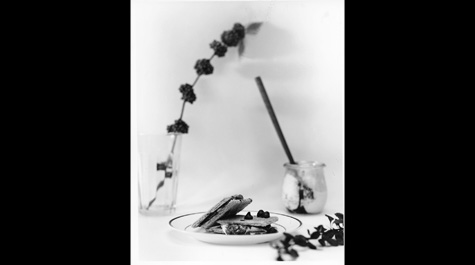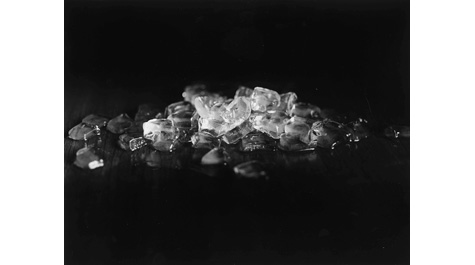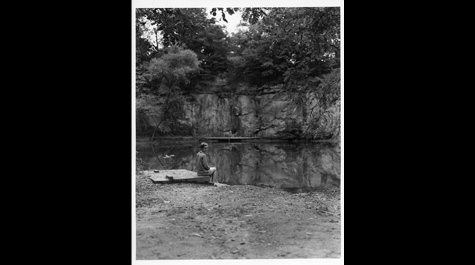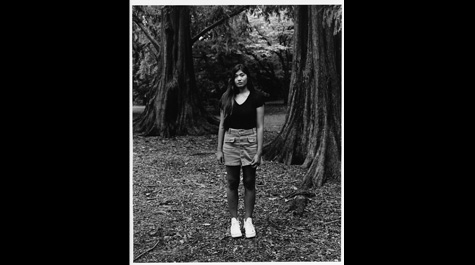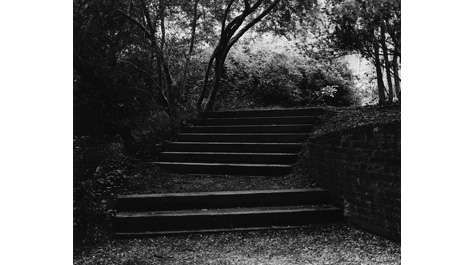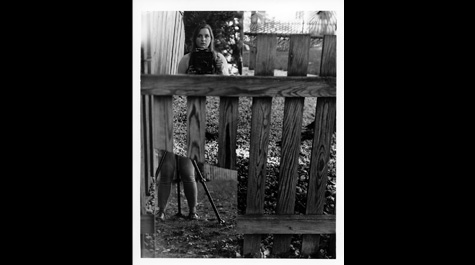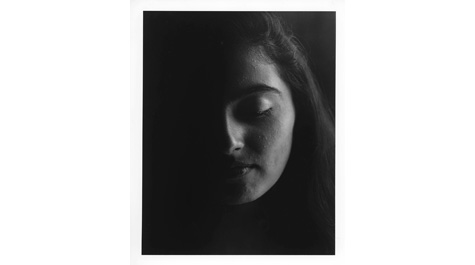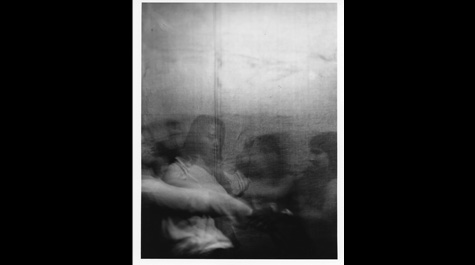Picture this: Photo program at W&M hits burst mode
Fledgling photography program gets new darkroom, expanded capabilities
After two years of work and planning, the lights didn’t go on in William & Mary’s Andrews Hall 215 this semester. And that’s a good thing.
This fall marks the first semester in which students in the fledgling photography program have their own darkroom and photo classroom.
Since W&M launched its first art photography classes in the spring of 2015, students have been working in a forgotten darkroom in the basement of Millington, believed to have housed The Flat Hat’s photographers before the advent of digital photography.
But Eliot Dudik, visiting assistant professor of photography, has been working over the past two years to outfit Andrews 215 as a full photography classroom – ordering equipment, building an internal darkroom, moving plumbing and installing the sinks and enlargers necessary for developing prints.
{{youtube:medium:left|iNy9aSgUMRI}}
The expansion has allowed him to teach two 10-student sections of Introduction to Photography this semester in Dudik’s own, unique way. Most intro classes see students using either 35mm or digital cameras, but in Dudik’s class, students shoot with large-format cameras, the ones with bellows and the dark cloths the photographers have to keep over their heads. Think the 1800s.
“No program I’ve heard of starts students off with a large-format camera, which is just a totally different way of working,” Dudik said. “Students make fewer images, but each image is much more considered. They have a higher success rate in making images that actually communicate something, are technically well-exposed, well-developed and well-printed. It’s pretty breathtaking, what they’ve been making with these cameras and with this process so far.”
Dudik, who uses the large cameras in his own professional work, said they also help students grok the essence of photography as capturing light.
“They go back to before the invention of photography,” he said. “It hasn’t changed much since then. It’s as simple as it gets; it’s just a box with a lens and ground glass on the back end, which you replace with a sheet of film. You can put your hand inside the camera and see there’s nothing in there. The opposite of that would be our modern digital cameras, which are full of circuit boards and wires and all sort of things. But through its flexibility, the large-format camera can simultaneously be one of the most complicated, technically, to use.”
Students then hand-process large negatives in the darkroom and create prints on paper of higher quality than the normal Intro to Photography stock.
Dudik does not eschew digital photography as some kind of ascetic, though. He’s currently working on converting the next-door classroom, Andrews 214, with support from Canon Virginia, into a digital photo lab for students. When the new photography program at W&M is complete, it will be a combination of analog and digital photography.
“Some of the most interesting things happening in photography today are happening at the intersection of history with new technology,” Dudik said.
Neither did Dudik singlehandedly outfit the new photo lab. He said he has to thank Michael Draeger, art studio technician; Michael Gaynes, 3-D adjunct lecturer; Elizabeth Mead, art and art history chair; and the Arts & Sciences Dean’s Office for support.
Dudik is also partnering with Swem Library to establish a book-art makerspace there.
“In the spring, I’ll teach bookmaking as I always have, with hand tools. But we’re also working to get old letterpress machines in the basement of the library up and running,” Dudik said. “And over time, we’ll add other pieces of equipment – antique bookbindery equipment as well as new machines.” A display of student-made books from the spring 2016 semester is currently on view outside of Special Collections.
In the end, art and art history is hoping to offer a third concentration for undergraduates. Right now, the department offers concentrations in two-dimensional and three-dimensional art. Dudik said the plan is to add photography as the third. Skip to main content
Skip to main content

